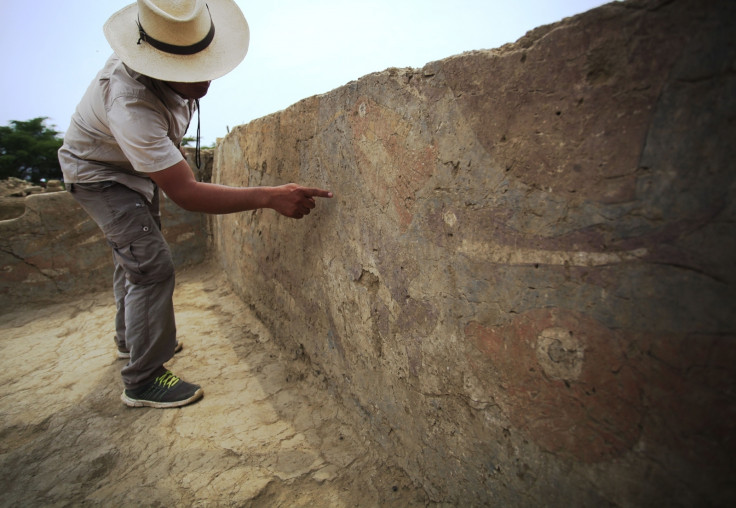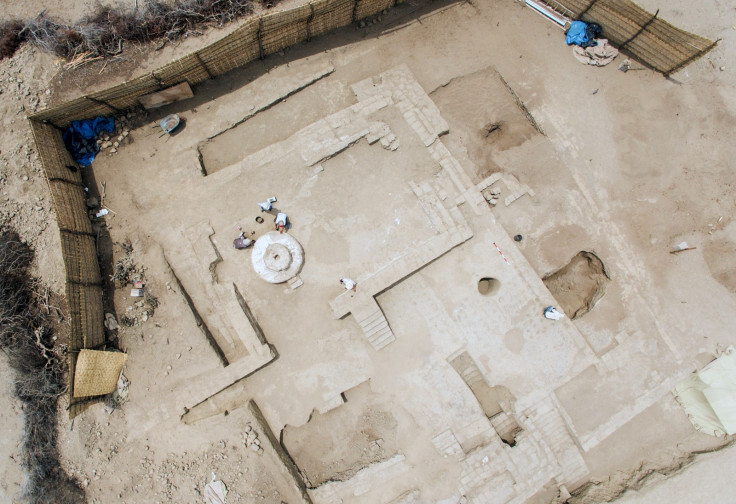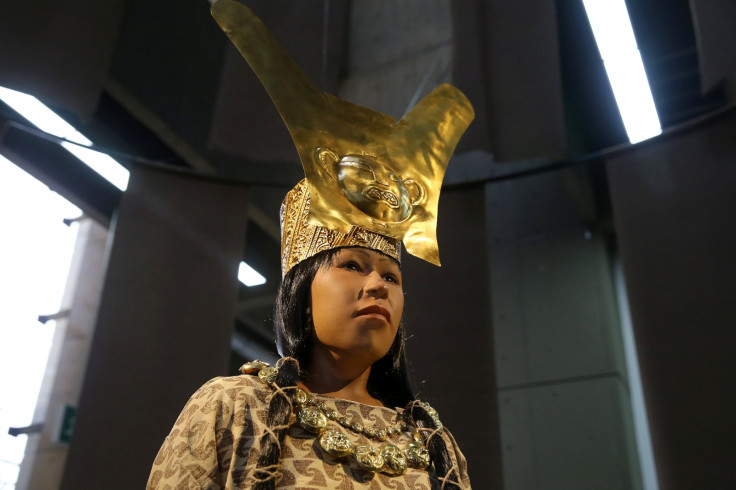1,500-year-old painted banquet hall offers rare insight into Peru's ancient Moche culture
Researchers also discovered a room that may have been used to make announcements considering it features a circular podium.

Archaeologists in Peru have discovered a historic site that they believe may have been a meeting place for ancient desert society rulers and dignitaries. The ruins were found at the Limon archaeological complex in the region of Lambayeque and can be traced back 1,500 years to the time of the Moche culture.
The findings include two rooms that may have been used for political purposes. The first looks to be a banquet hall with two thrones, which may have been used to host feasts by the rulers for their guests. The other room features a circular podium and could have been where announcements were made.
Some of the walls feature paintings of fish and sea lions and may have been designated for use only by the elite.
Up until now, these two chambers were depicted on various Moche ceramics and indicate that the site was of special value to the culture.
"These scenes had been depicted in the iconography of the Moche world but we had never been lucky enough to physically find where they took place," lead archaeologist Walter Alva told Reuters. "It's a very important finding."
The Andean society, which ruled in northern Peru, flourished between the 1<sup>st and 8<sup>th centuries (from 100 to 700 AD), at a time that preceded the Incan civilisation and the Hispanic conquest. Recognised as a complex culture, the Moche people designed irritation systems to grow crop in the desert region and also are known for their elaborate gold work and sculptures featuring a wide variety of sexual acts.
Scholars believe that some type of environmental catastrophe may have been responsible for the collapse of the culture and Alva pointed out that construction on some of the chambers appear to have been halted abruptly in the 5th century. A super El Nino is suspected of occurring sometime between 536 and 594 AD and led to heavy rainfall and flooding followed by extreme draught in the region.

Alva believes a further study of the site will reveal clues towards understanding the Moche's political life. Earlier research was able to surmise that women played an important role in politics and religion of the time. In July 2017, scientists announced that they had reconstructed the face of The Lady of Cao, using 3D printing.
The face was based on a replica of an ancient powerful female leader, which was discovered at a ruined mud-brick pyramid known as Huaca Cao Viejo near the city of Trujillo in 2006. She is thought to have been a female Moche ruler considering her elaborately tattooed body and the fact that she was buried with weapons including two massive war clubs and 23 spear throwers. Various other objects like a crown and gold and copper artefacts were found in her tomb.
"The Lady of Cao discovery showed the political and religious role of females in the rich culture of northern Peru, while the current event presents a combination between the future and past [...]," Culture Minister Salvador del Solar said of the find.























